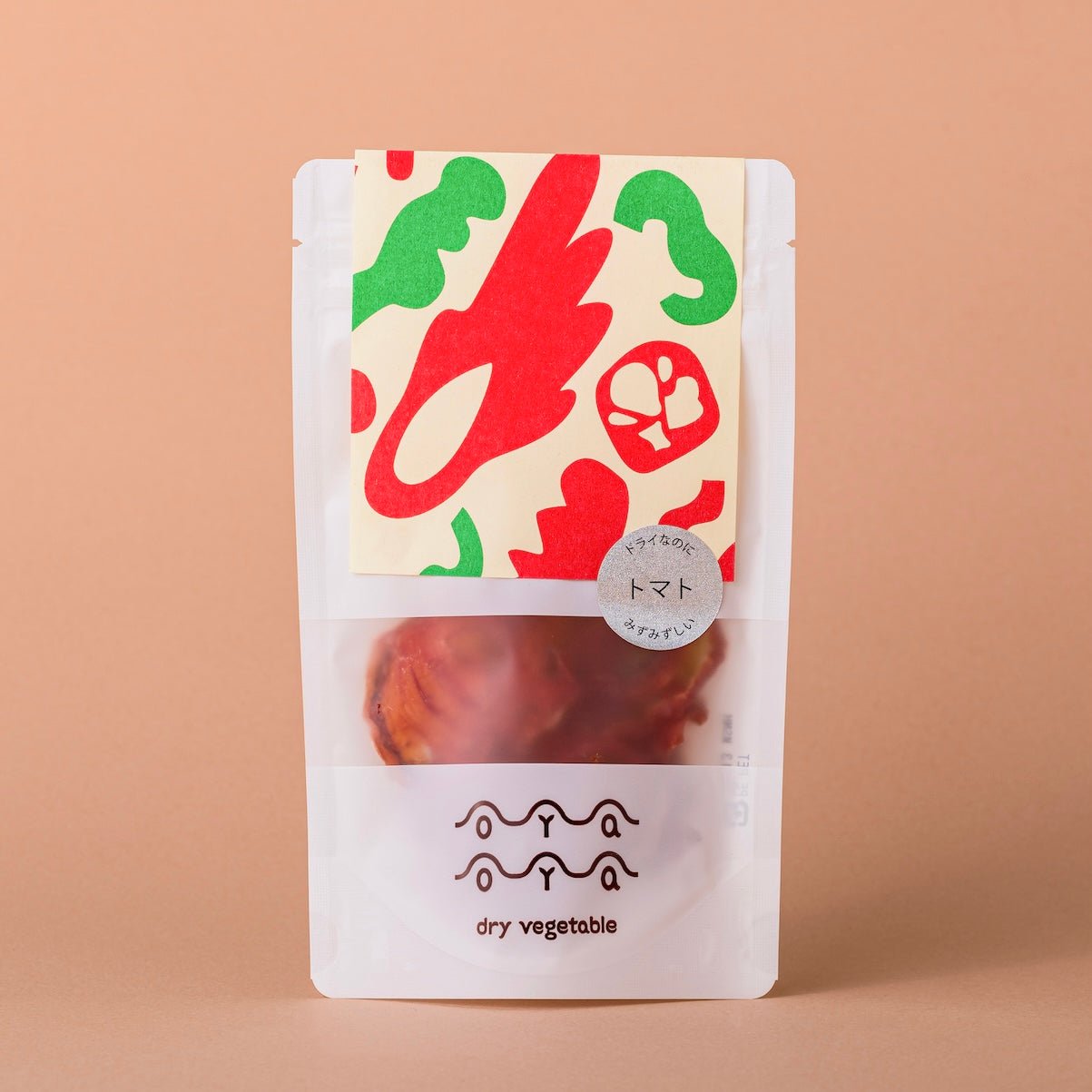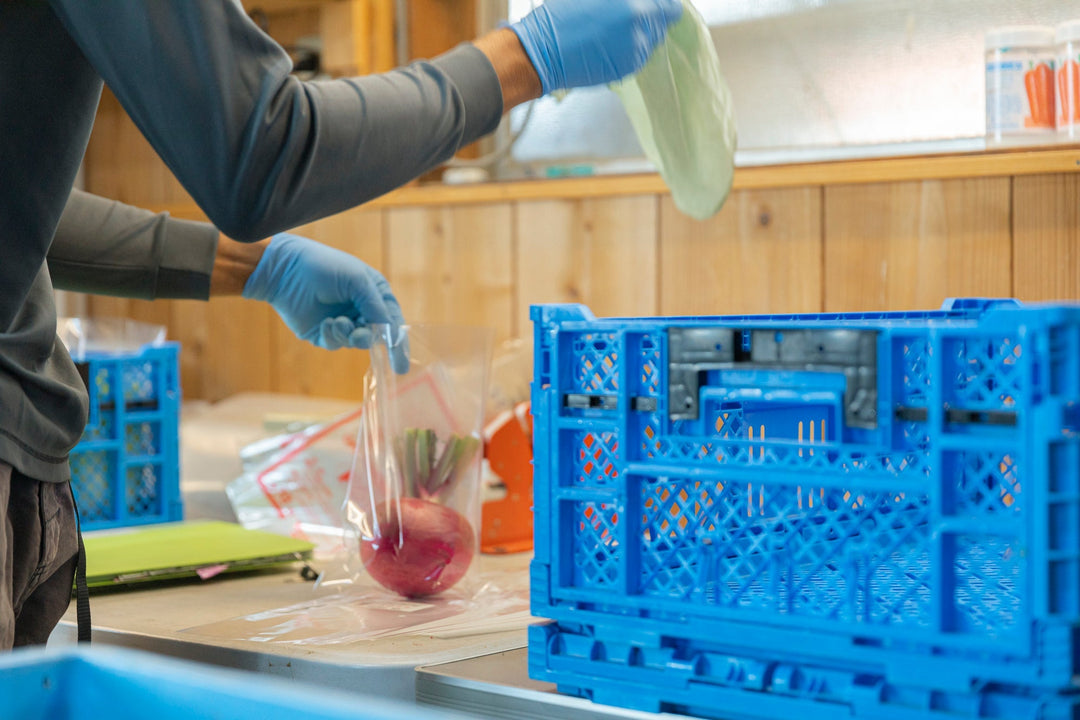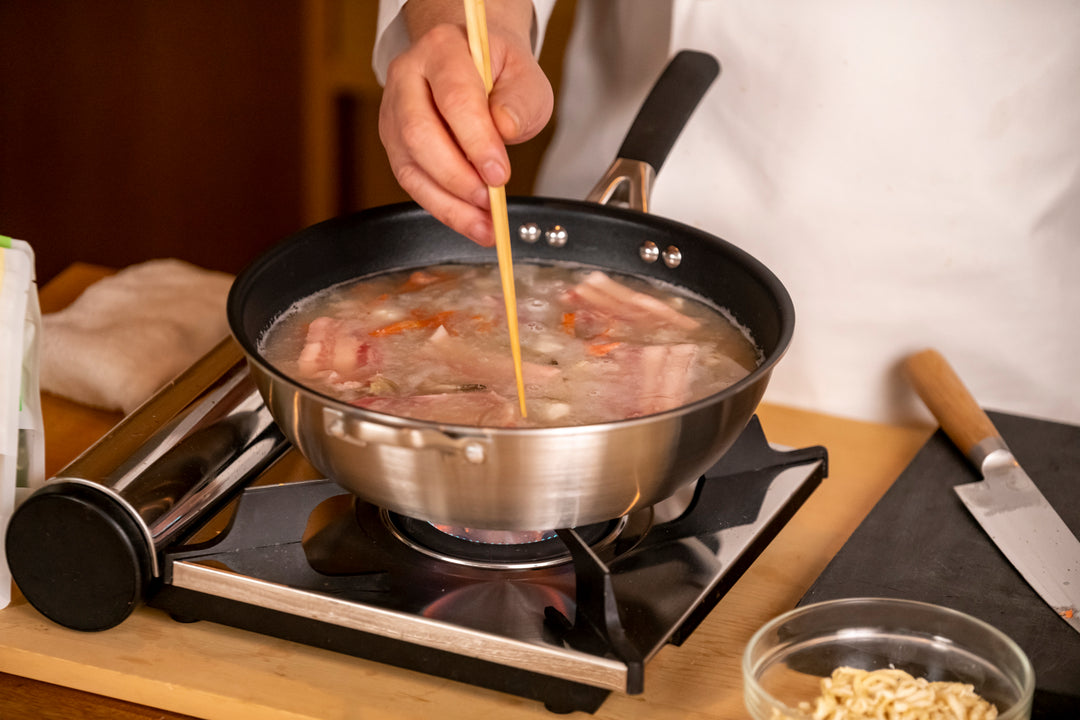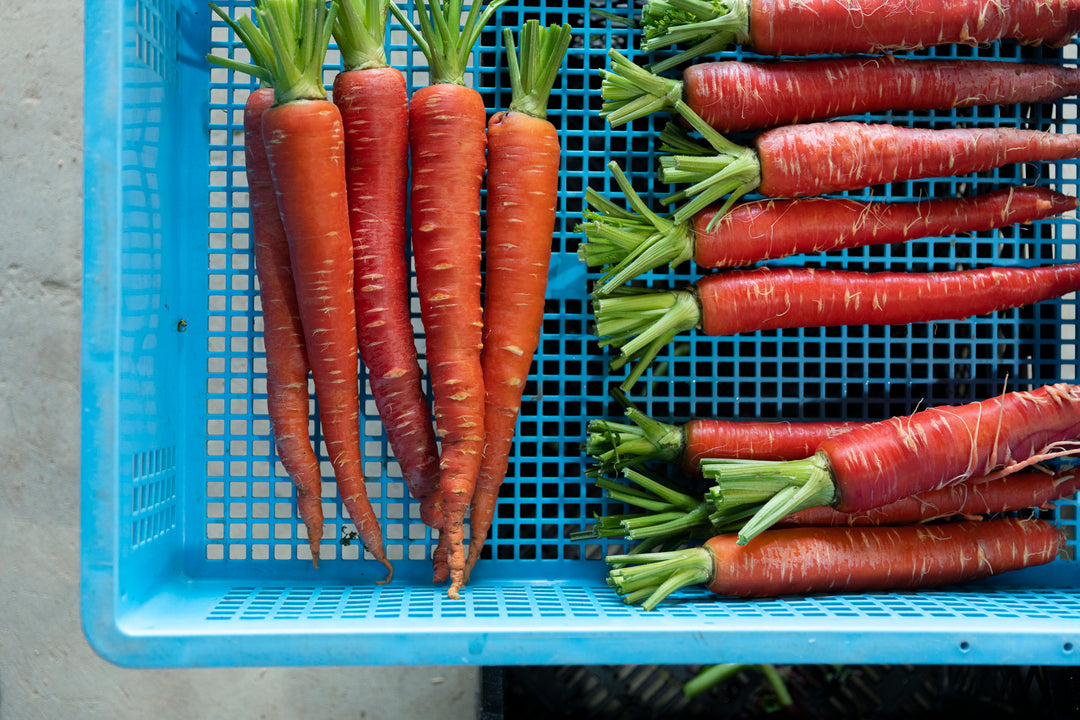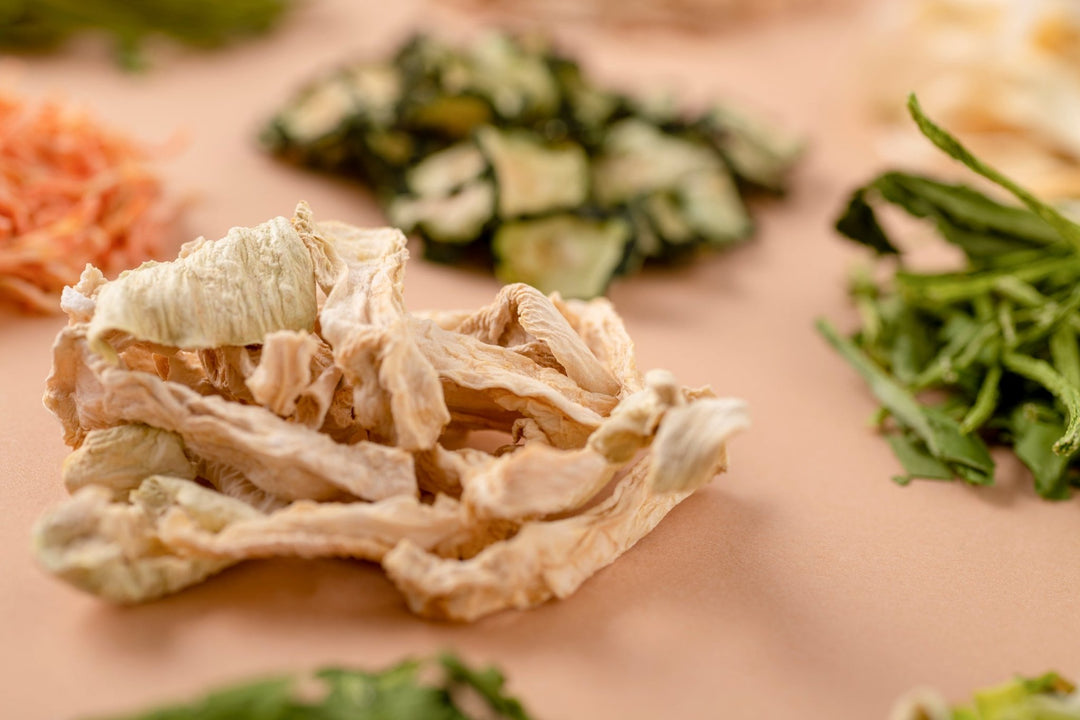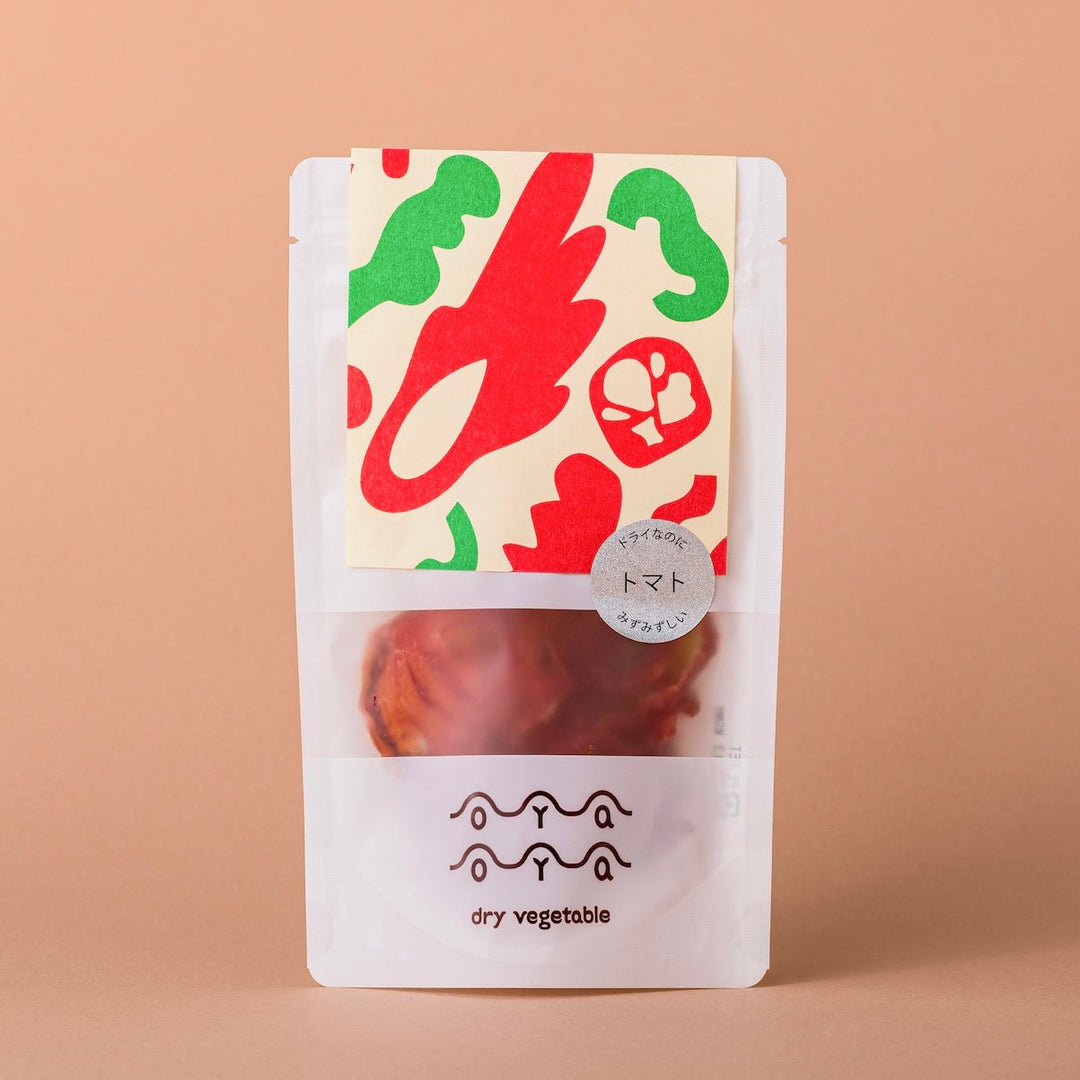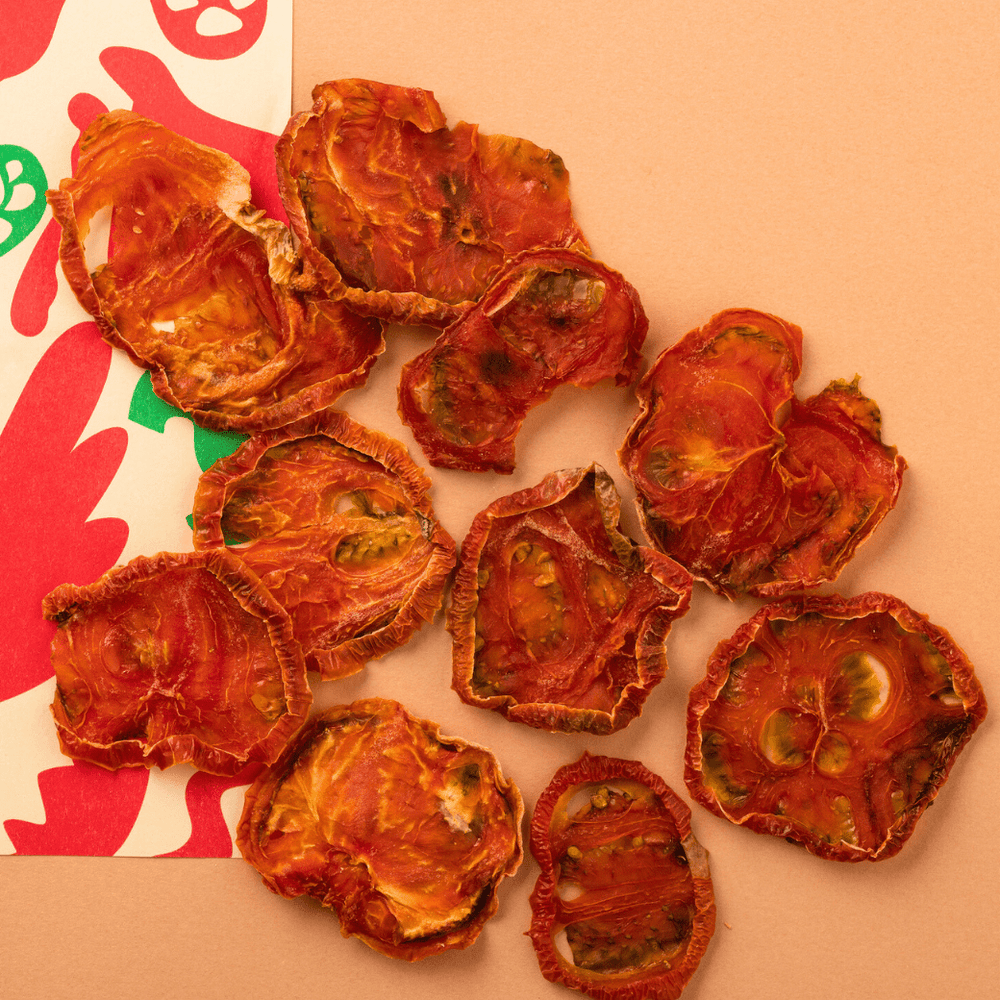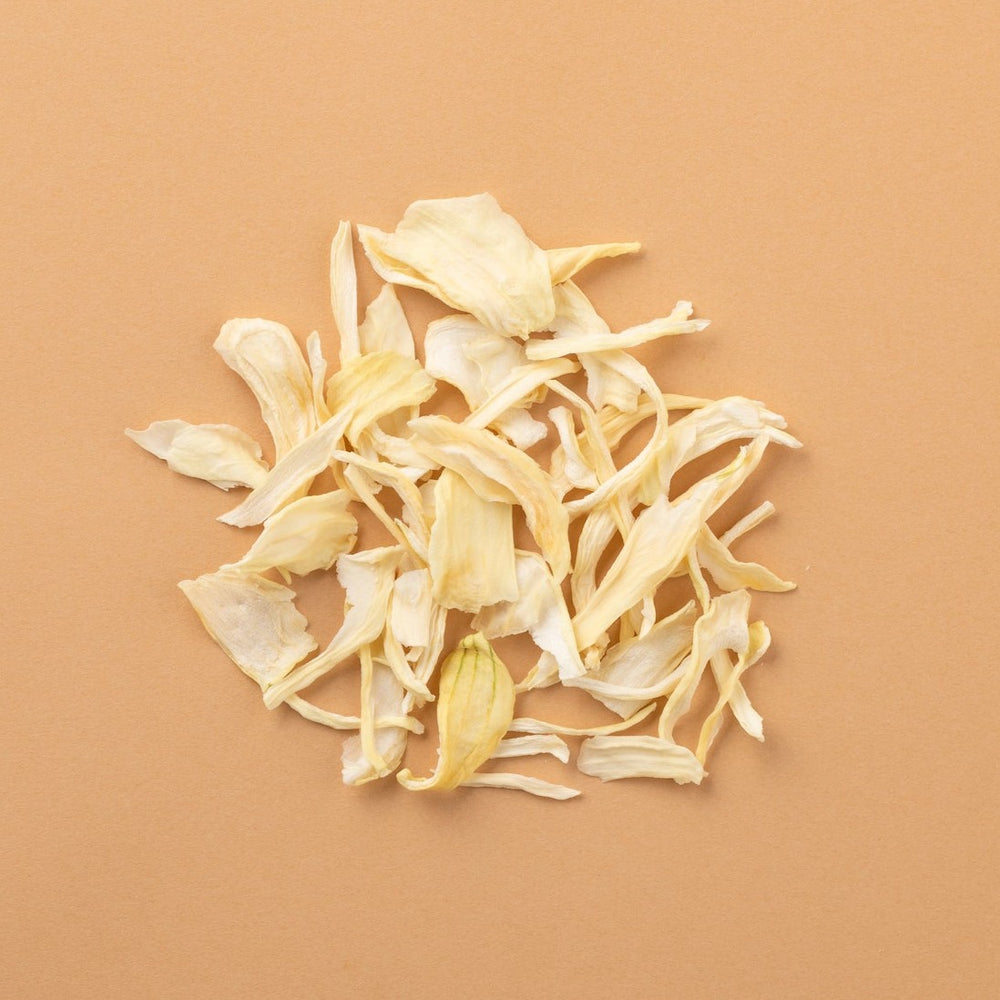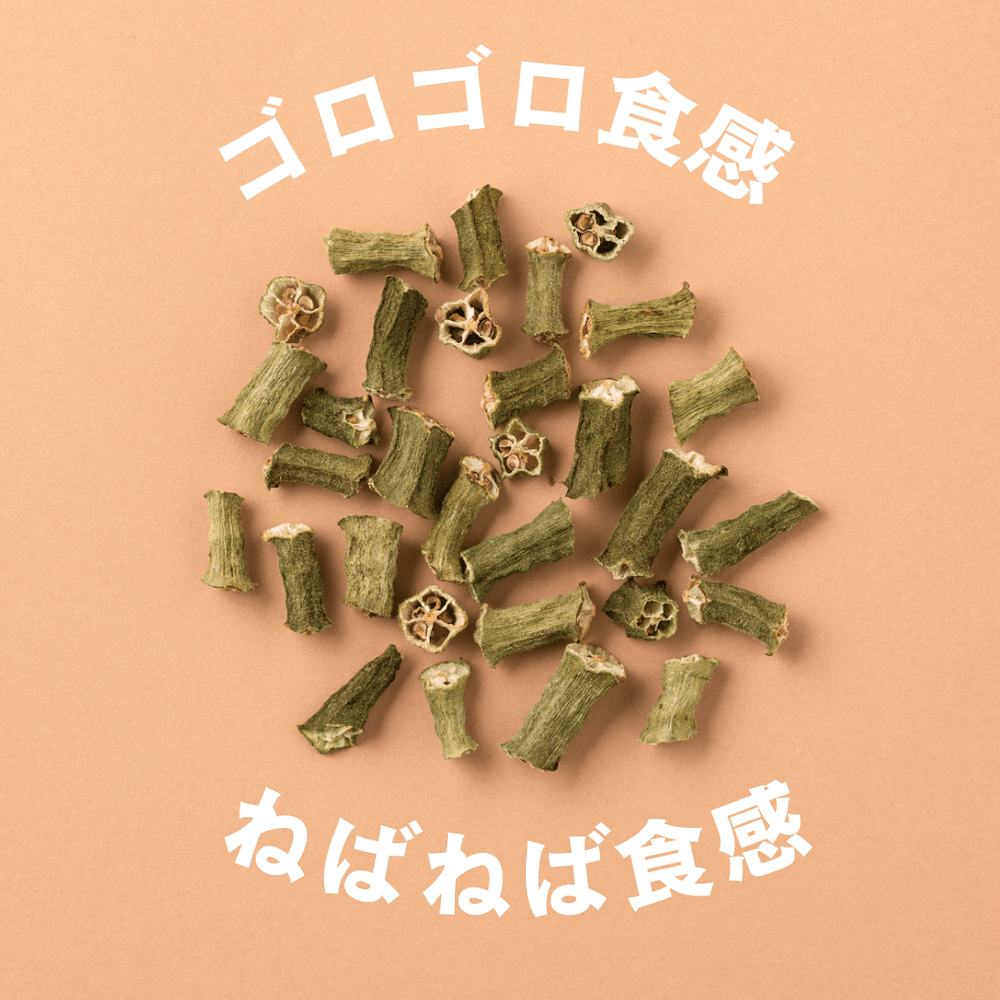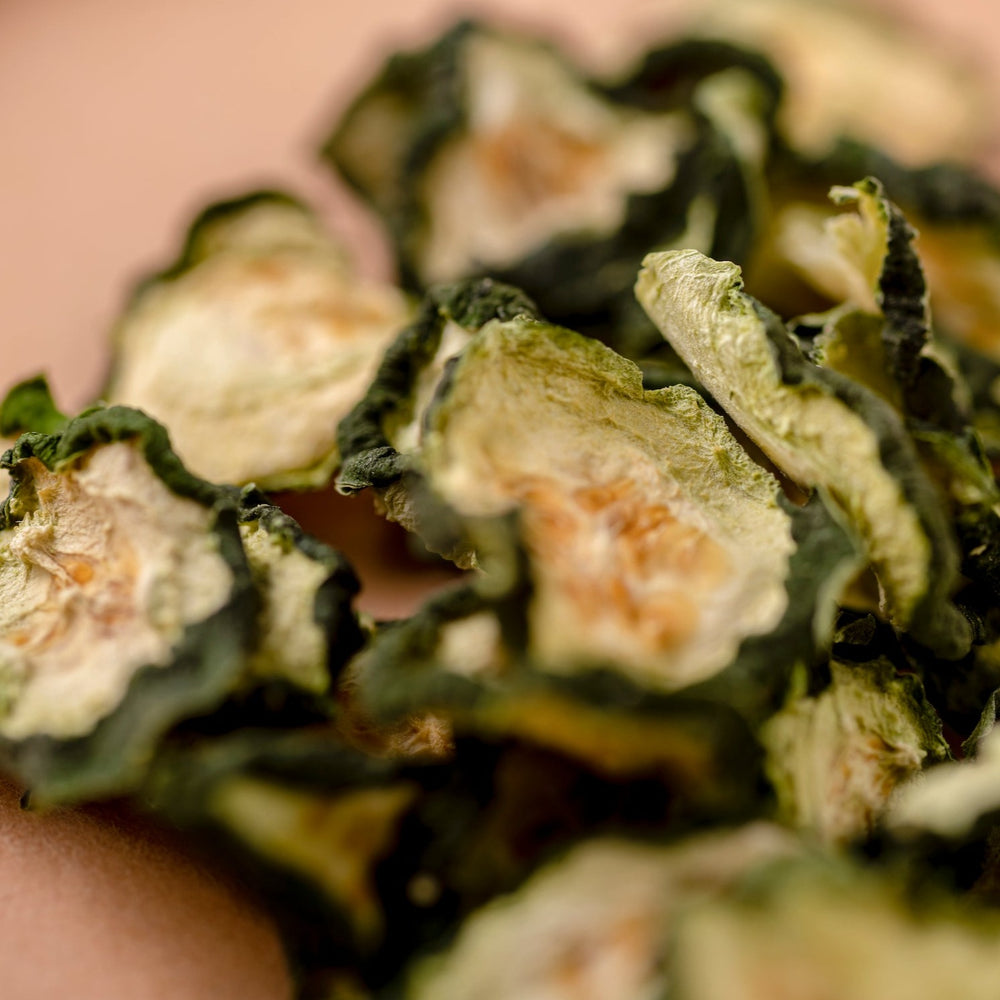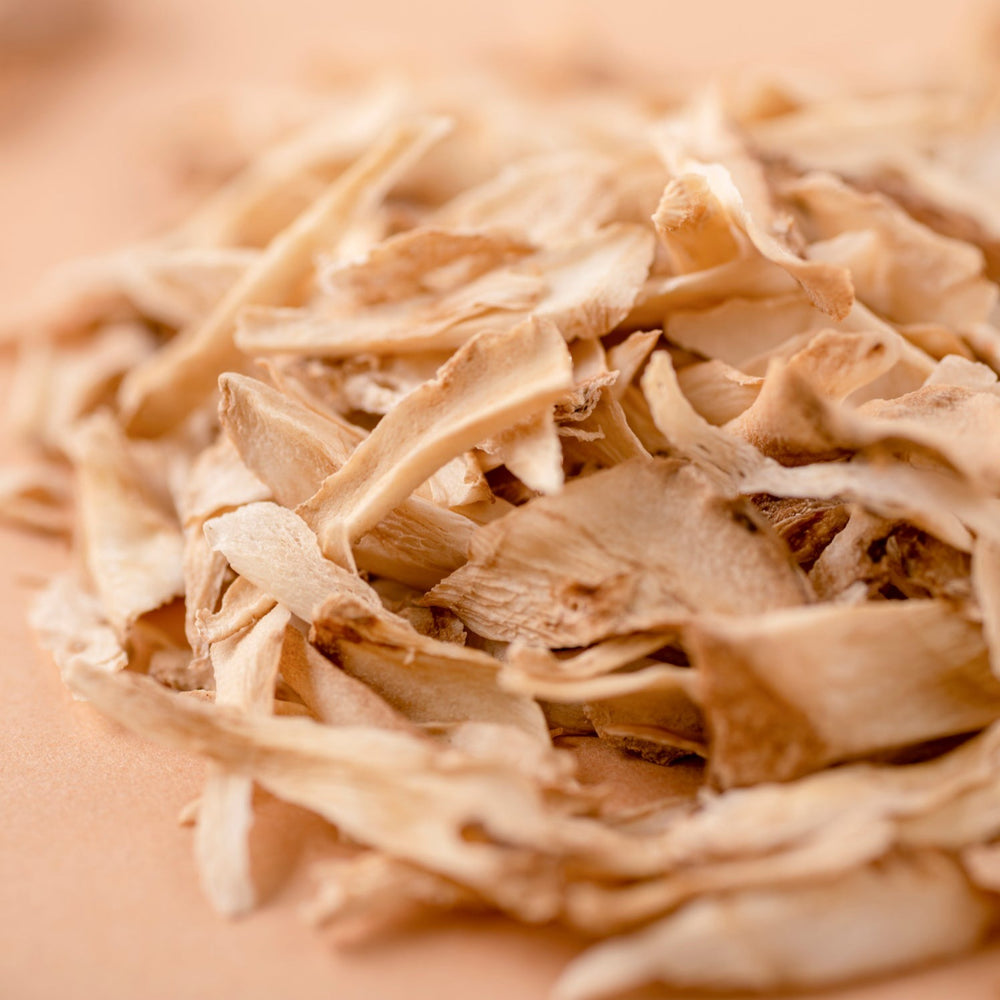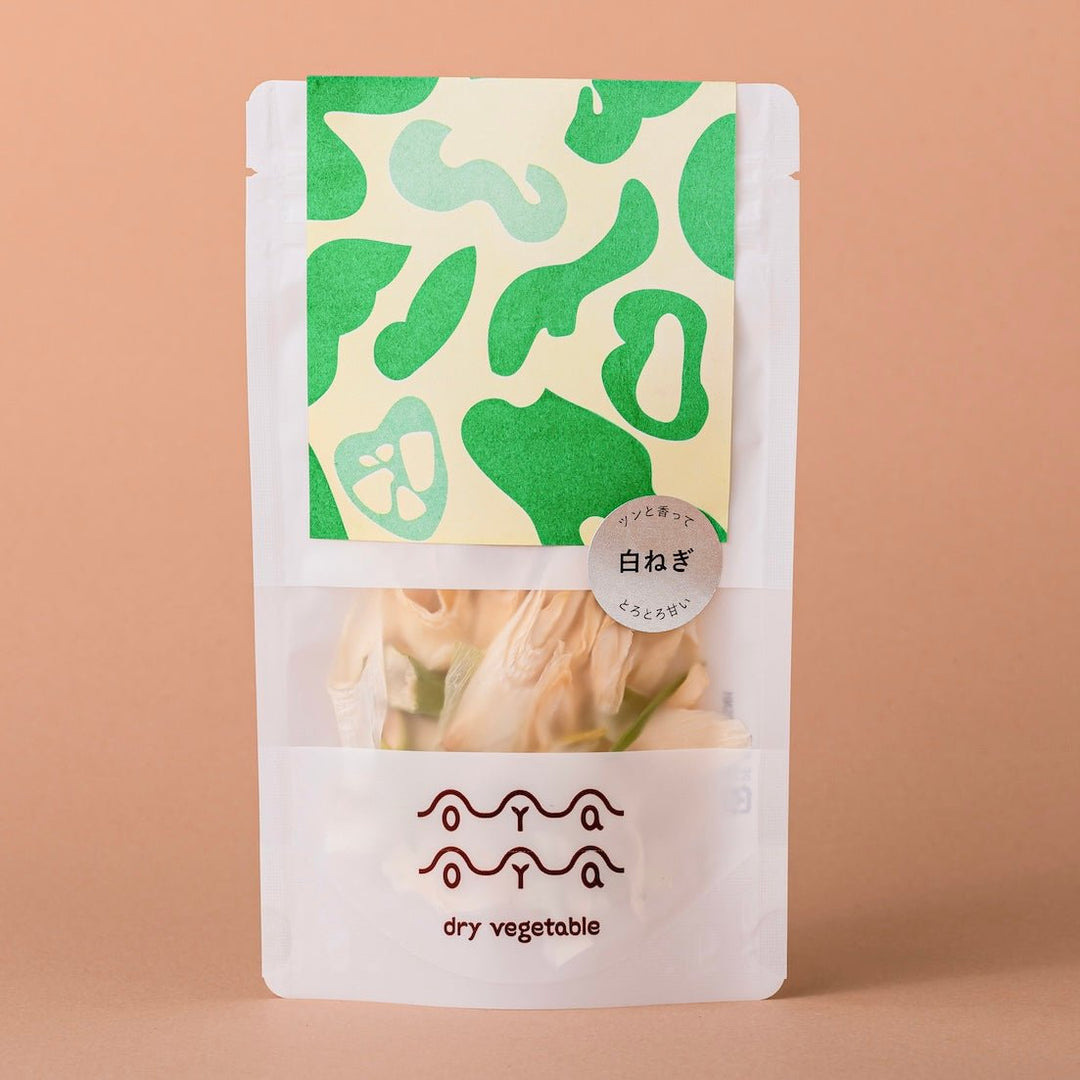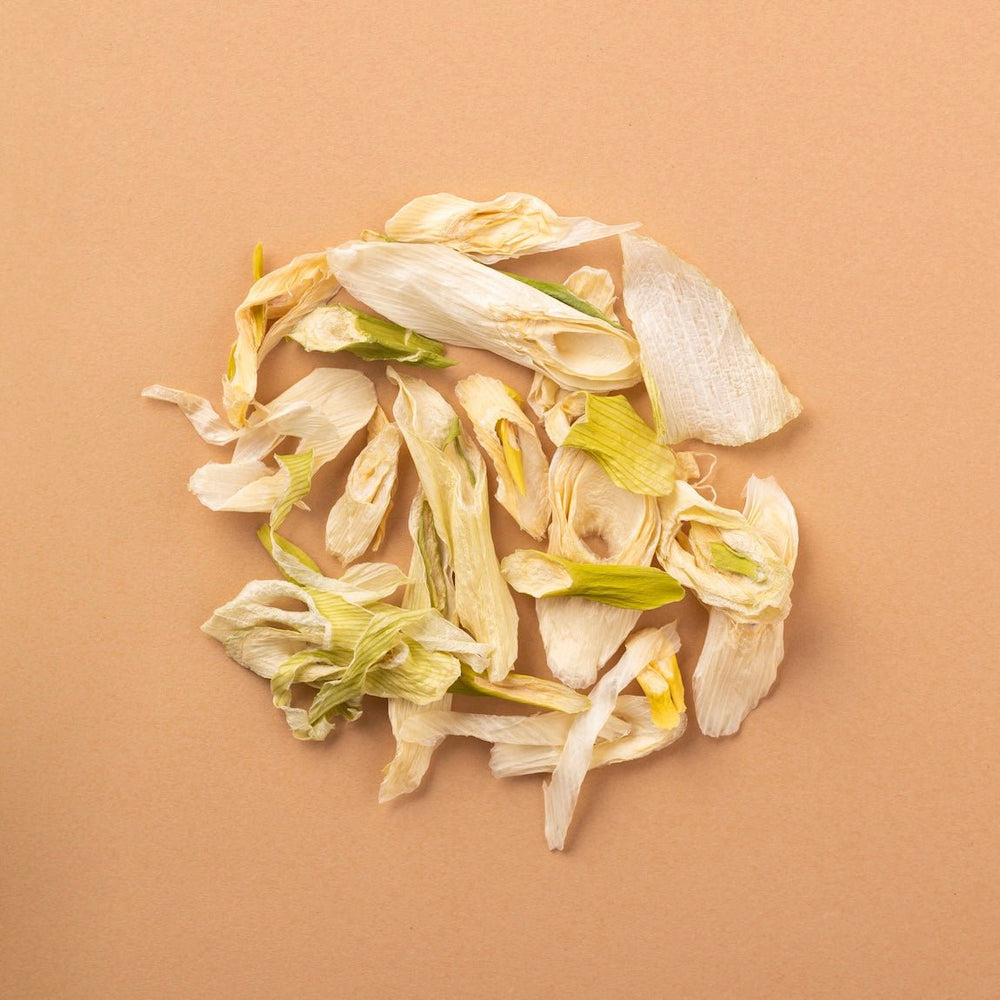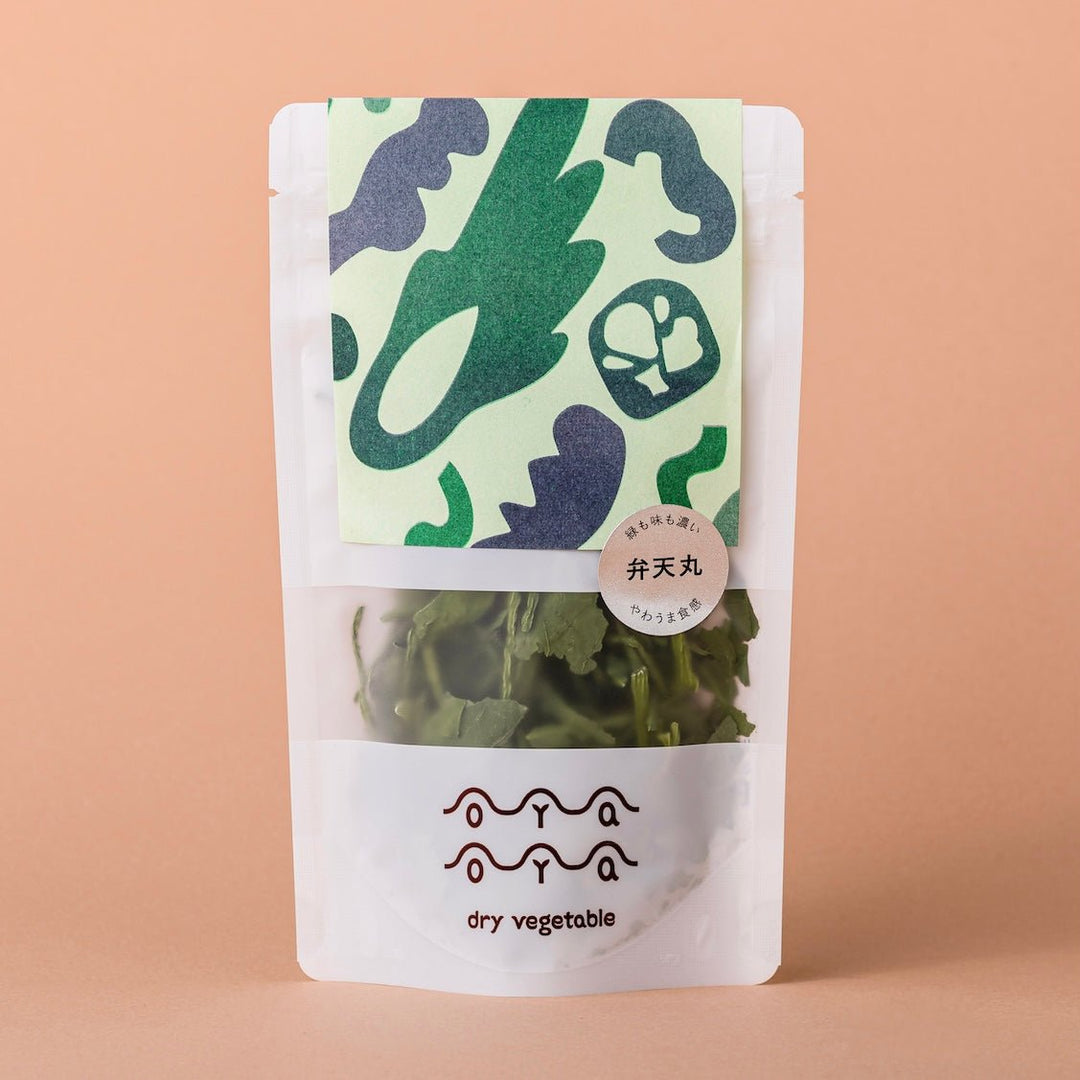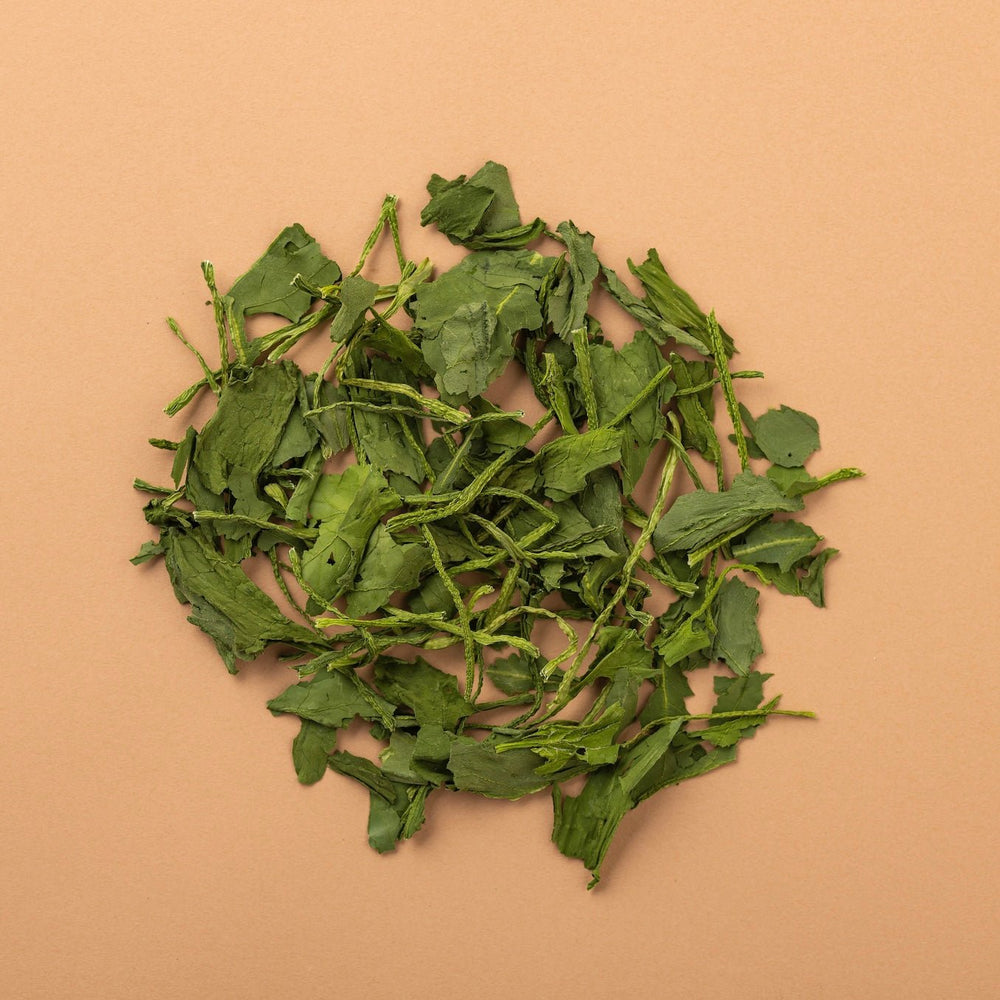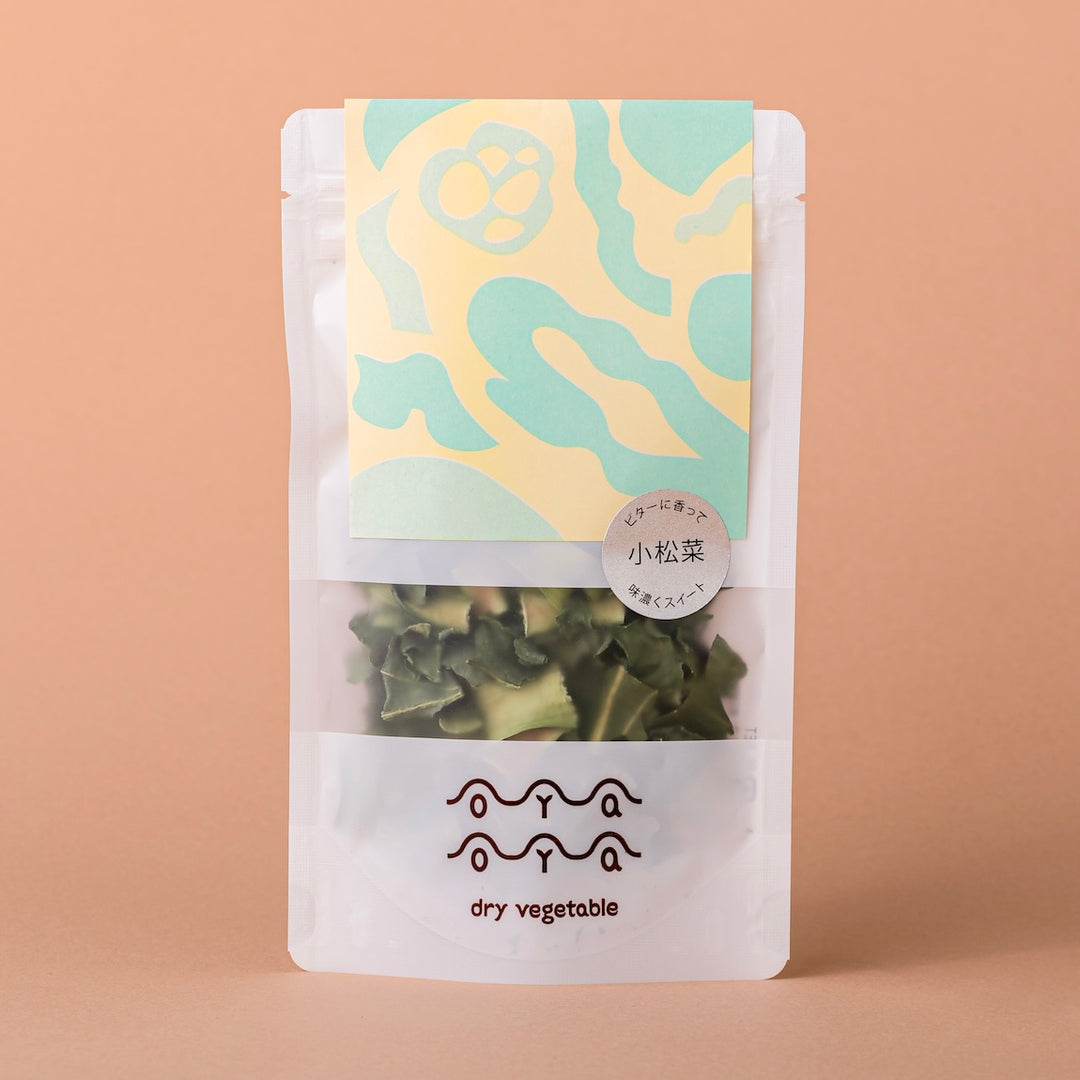What is Rolling Stock? Explaining the benefits and how to get started!
Even if you know it's important to stockpile food in case of a disaster, many people are hesitant to do so due to the time and cost involved, as well as the need to secure space. However, a stockpiling method called "rolling stock" that is easy to start has been gaining attention recently. In this article, we will introduce the characteristics of rolling stock and the specific methods for doing so.

What is Rolling Stock?
Rolling stock is a method of stockpiling food ingredients and emergency food items in small quantities and then periodically eating and replenishing them. Since you are consuming the emergency food on a regular basis, you will always have fresh food on hand.
Benefits of Rolling Stock
Have peace of mind in times of emergency!
If you stock up on a little extra food, you can rest assured even in the event of a disaster.
It also helps provide peace of mind by allowing you to eat the same foods you normally would even during a disaster.
No food waste!
You can use your regular stockpile of food to replenish it, so you don't have to worry about expiration dates. You can always make delicious meals using fresh ingredients.
At the end of the article, we'll go into more detail about how to properly store and consume food.
Easy on the wallet!
It is more economical to replenish supplies little by little on a regular basis rather than buying in bulk, as this avoids unexpected expenses.
Rolling stocks are unique in that they allow you to continue stockpiling, starting with the essentials and gradually building up your stockpile.

How to start a rolling stock
We will explain the specific methods and key points for practicing rolling stock.
Purchase one ingredient
First, start by buying a little more of the food you normally buy. We also recommend items that can be stored for a long time, such as canned goods, dried foods, and emergency foods.
A good rule of thumb is to buy enough ingredients and food for about a week.
2. Storage
Store purchased ingredients in a place where you can easily access them. Keeping them in an easily visible place, such as the kitchen, will help you avoid forgetting to use them.
Also, arranging them in order of expiry date makes it easier to find what you need when you need it.
3. Consumption
Consume foods that are close to their expiration date regularly. If you are familiar with cooking canned foods and dried vegetables, you will be able to eat them with peace of mind even in the event of a disaster.
4. Make it a habit to replenish regularly!
The basic rule is to replenish food as soon as you use it. Go shopping regularly and keep food supplies stocked at all times.
Check out the latest coupons and sales information and save money by shopping when prices are low.
How to choose foods suitable for rolling stock
When keeping a rolling stock, it is important to choose the appropriate foods and disaster prevention foods.
Here's how to choose foods that are suitable for rolling stock:
- Can it be stored at room temperature for a long time?
- Is the food nutritionally balanced?
- Is cooking time-consuming?
- Is it something you can serve on the dinner table on a regular basis?
Recommended foods for rolling stock
Dried vegetables
"Kiriboshi vegetables" are also recommended as a stockpile because they can be stored at room temperature for a long time and can be quickly restored by soaking them in water or hot water. If you have kiriboshi vegetables, you can eat plenty of delicious vegetables even in the event of a disaster, and you can also replenish your dietary fiber and nutrients.
canning
Canned foods such as tomatoes and tuna are convenient because they are nutritious and can be stored for a long time.
Dry Food
We also recommend dried foods such as rice, pasta, and beans, which are easy to cook and can be stored for a long time.
Emergency Food
Emergency foods that can be easily eaten without cooking, such as energy bars, food packets, and retort meals, are also useful.
summary
In this article, we have explained about rolling stock.
It is important to be prepared in order to respond calmly in the event of a disaster or emergency. If you want to eat delicious vegetables even in the event of a disaster, we recommend OYAOYA 's dried kiriboshi vegetables.
Even if emergency food doesn't seem enough, dried sliced vegetables allow you to eat delicious vegetables without any preparation.
First, start a rolling stock of familiar ingredients, little by little!
Related articles


